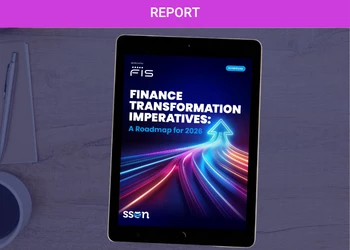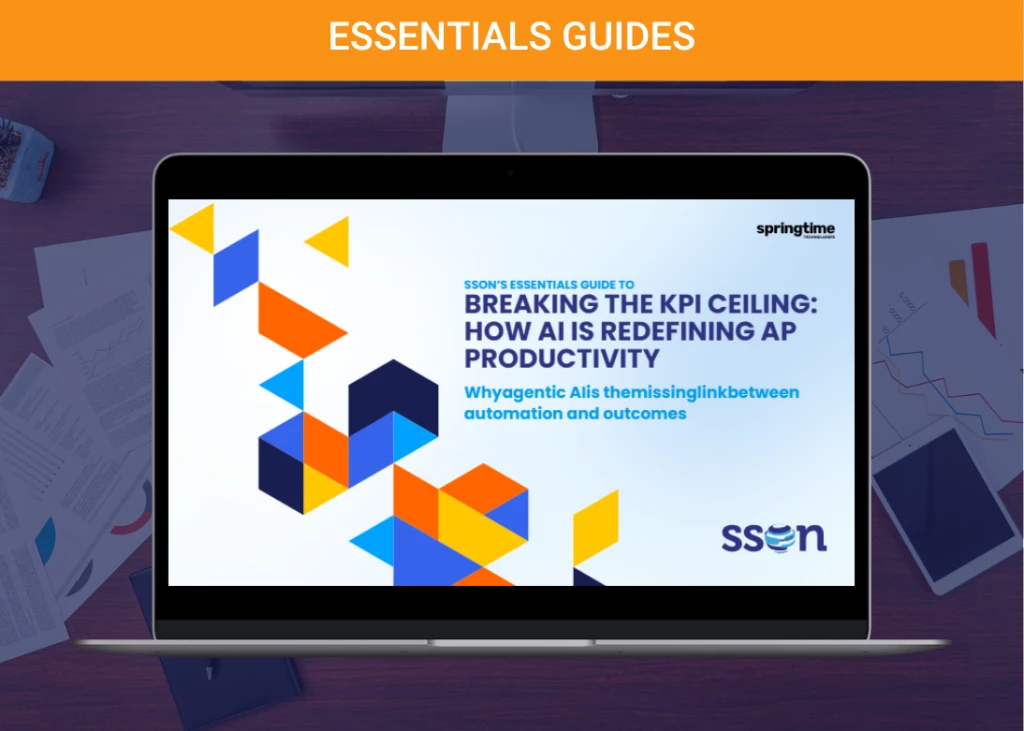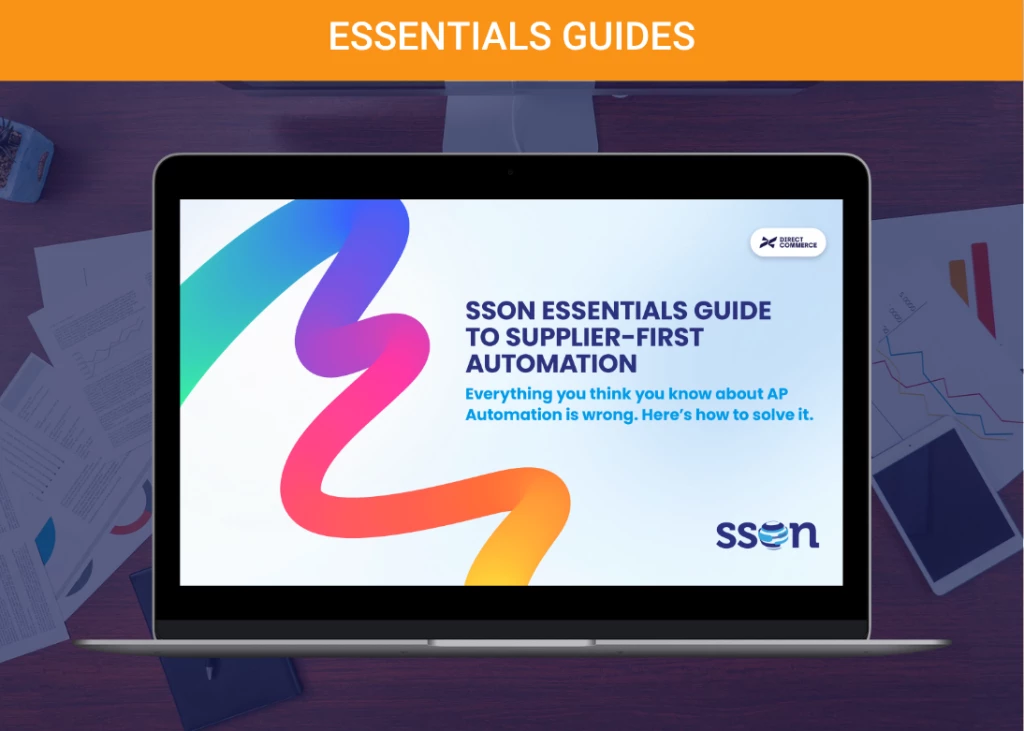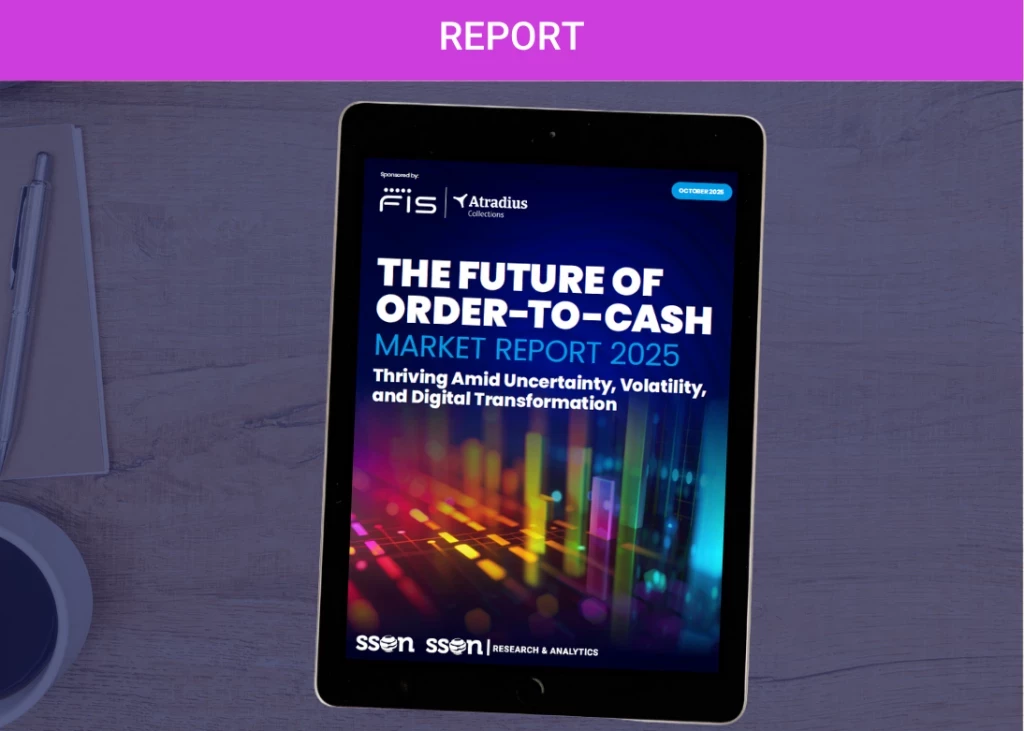Beginner's Guide to Accounts Payable in Shared Services
Add bookmark
This November’s AP Automation Digital Event is focused on delivering practical advice as to how you can create a digital end-to-end accounts payable process from customer to supplier. In the majority of shared services, procure-to-pay (P2P) remains the first process to be centralized, automated and streamlined end-to-end, so SSON wanted to provide you with everything you need to know about optimizing your AP, all in one place. Before diving into digitized accounts payable, we are first going to break down the current state of accounts payable in shared services in 2023.
What is Accounts Payable?
The SSON Glossary simply refers to accounts payable (AP) as the money owed by the business to its suppliers. Furthermore, AP is a critical function that ensures that invoices are accurately processed, payments are made in a timely manner, and the company's financial records are consistently maintained.
Key Responsibilities
Before understanding the technologies that go into AP and the important role shared services can play, it’s important to go over the key responsibilities of an AP team. Those include:
- Invoice Processing: Receiving, validating, and entering vendor invoices into the company's financial system.
- Invoice Approval Workflow: Routing invoices for approval to the appropriate individuals or departments within the organization based on predefined workflows and approval hierarchies.
- Payment Processing: Selecting invoices for payment, preparing payment files, and initiating payments to vendors through various methods such as checks, electronic transfers, or wire transfers.
- Vendor Relationship Management: Managing relationships with vendors, including handling inquiries, resolving discrepancies, and ensuring that payment terms and agreements are adhered to.
- Expense Reimbursement: Managing employee expense reports, reviewing and approving expenses, and processing reimbursements in compliance with company policies.
- Compliance and Policy Adherence: Ensuring that all AP processes and transactions adhere to internal policies, legal regulations, and industry standards.
- Reporting and Analysis: Generating reports and providing insights into AP metrics, including aging reports, cash flow forecasts, and vendor performance analysis.
- Vendor Reconciliation: Regularly reconciling accounts payable records with vendor statements to identify and resolve discrepancies.
- Document Management: Maintaining a secure and organized repository of invoices, payment records, and other AP-related documentation.
The Role of Shared Services
The goal of shared services is to deliver centralization and standardization to the functions it oversees. The same can be said for finance shared services, which is focused primarily on streamlining finance and accounting processes within a business.
Already 70% of shared services provide procure-to-pay (the AP cycle) services, according to SSON Research & Analytics. This statistic shows that when businesses create shared services, one of the primary intentions is to have it oversee the AP cycle.
Besides streamlining AP processes, one critical role shared services might play when working with AP is upskilling employees as their roles become more automated. Emily Nash-Walker, the Global Head of Partner Strategy for Tradeshift, touched on this when she joined the SSONext podcast last summer.
“We are looking at having to hire or bring on a new, more expensive resource that's going to have to manage and create those RPA bots. And wow, that's really outside of perhaps the purview of either a finance team or an AP team and really looking at more of the IT skill sets,” Emily said.
Shared services and GBS professionals are tasked with optimizing the cost and efficiency of a process or function. SSON has worked with several thought leaders to share their knowledge on bringing this optimization to AP. For example, Dave Hughes, Chief Transformation Officer for Excelera, recently shared his “10 Practical Steps to Optimise the Accounts Payable Process” with SSON. In the article, Dave mentions the importance of embracing electronic payments, conducting regular reconciliation, and much more when helping an AP team reach its fullest potential.
Dave concluded by sharing the benefits of following those steps and optimizing AP.
“Put simply, a streamlined and well-managed accounts payable function contributes to better cash flow management, improved vendor relationships, and ultimately, increased overall profitability,” Dave said.
AP Automation
During the AP Automation Digital Summit this past March, Barbara Hodge, the Global Editor and Principal Analyst for SSON Research & Analytics, shared the latest trends and benchmarks on automation.
One statistic that stood out was the current level of AP automation in the shared services space. According to the 2023 State of the Industry Survey, only 10% of shared services and GBS organizations said their AP team was fully automated, while 55% are partially automated. This tells us that 45% of businesses are either still planning automation, haven’t started automating, determining what AP automation would mean for their organization, or have no plans to automate AP processes.
The session also analyzed what the biggest obstacles have historically been to AP automation. SSON R&A data shows that lack of internal resources to support projects, lack of capital, and concerns about managing the chance are the three biggest challenges to achieving AP automation. These challenges show that with the right support places behind shared services, many organizations feel it is entirely possible to create a fully automated AP process.
When November's AP Automation event begins, speakers will look to address these common challenges and share steps they took at their organizations to overcome them.
Tools Helping Achieve AP Automation
There are a lot of vendors out there offering to automate your AP process, and it can feel overwhelming when deciding which solution to go with. It’s important to find a solutions provider that fits what your team is looking for specifically. But with that being said, the following are some tools and technologies that should be in a vendor’s wheelhouse when trying to sell you on AP automation:
- AI and Machine Learning (ML): AI and ML technologies can be used to analyze invoices for anomalies, flagging potential errors or fraudulent activities. There are several technologies that we will get to here that are considered AI.
- Workflow Automation: Workflow automation can be used to design and automate approval processes, routing invoices to the right stakeholders for review and approval.
- Intelligent Document Processing (IDP): IDP utilizes AI and machine learning to improve the accuracy and efficiency of data extraction from documents. In this SSON Article, Tim Johnson of Suncorp explains how his team used IDP to squeeze the maximum amount of value from invoice data.
- Predictive Analytics: Predictive analytics tools can forecast cash flow, helping organizations better manage their AP processes and optimize working capital.
- Vendor Portals: Implementing a vendor self-service portal can allow suppliers to submit invoices electronically, check payment status, and update their information, reducing the manual data entry workload.
Making AP Automation Approachable
During the AP Automation digital event this spring, SSON welcomed three speakers to discuss how to make AP automation approachable for users. The following are three takeaways from that session
1. The importance of benchmarking
Before starting an AP automation project, it is crucial to benchmark your current processes against industry standards. This benchmarking exercise should be conducted periodically to track progress and identify areas in need of improvement. Benchmarking helps organizations understand where they stand and what level of maturity their processes need to reach before embarking on automation.
2. Prioritizing stakeholder feedback
When deciding where to start with AP automation, prioritize areas that address pain points highlighted by internal and external stakeholders. Consider factors such as Net Promoter Scores and feedback from those directly involved in or affected by the AP process. This ensures that automation efforts align with improving customer value and addressing specific challenges raised by stakeholders.
3. Comprehensive approach to AP automation
A successful AP automation project requires a comprehensive approach that goes beyond just processing invoices and making payments. It should focus on improving controls, streamlining processes, and addressing regional nuances. Standardizing processes, eliminating manual exceptions, and optimizing database quality are key components of an effective automation strategy. Additionally, it's essential to consider the upstream and downstream processes that affect AP automation and to understand the broader context of supply management, procurement, and payment processes in the organization.
Watch the video below for a comprehensive look at how shared services are making AP automation user-friendly.
In Summary
AP remains as one of the most important, if not the MOST important processes within shared services. The economies of scale are such that even marginal gains can have a vast impact on cost-savings within an organization and the data available can be a vital source of intelligence. In SSON’s November edition of the AP Automation Digital Summit, we’ll be helping you to position your AP function as an accelerator to the organization; harnessing new tools such as Generative AI, benchmarking your progress against best-in-class and understanding what skill sets you need to build in your AP department for the next 12 months. We hope to see you there.























